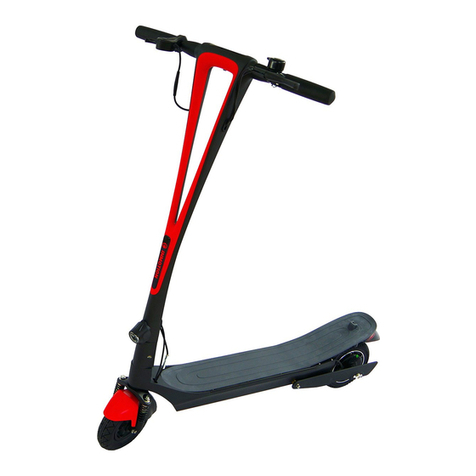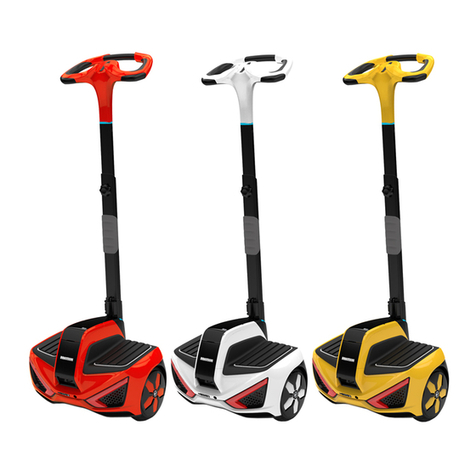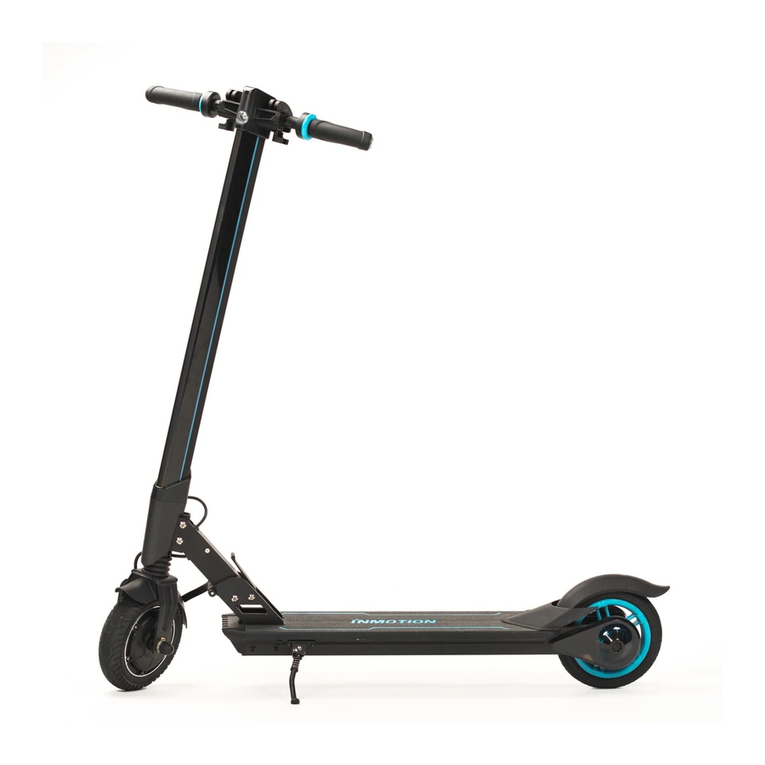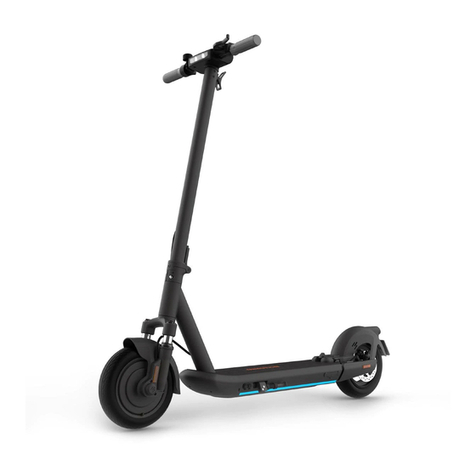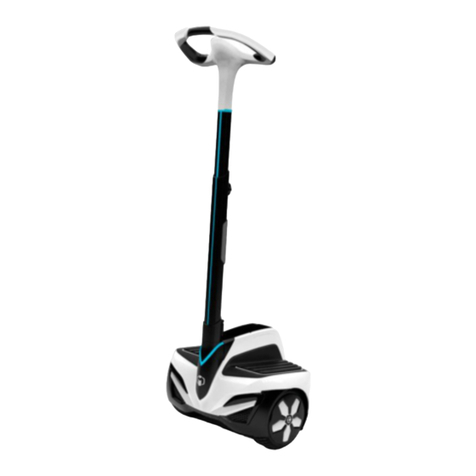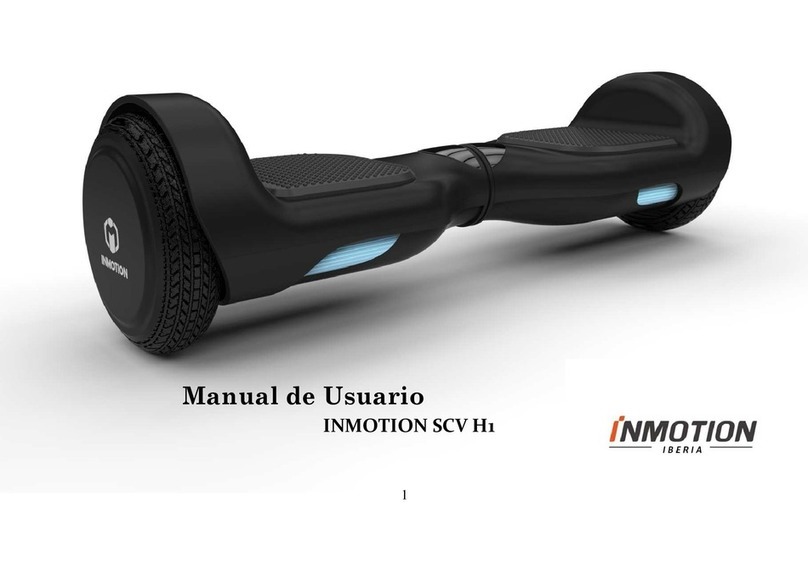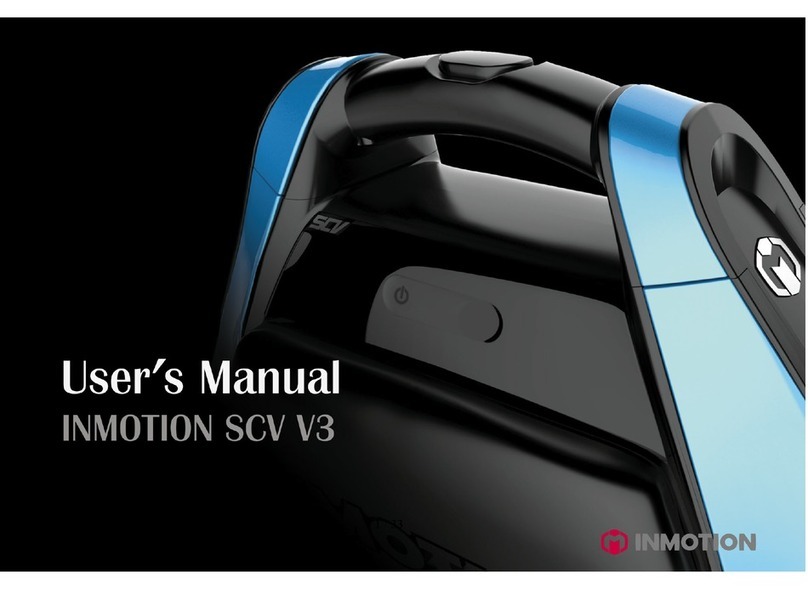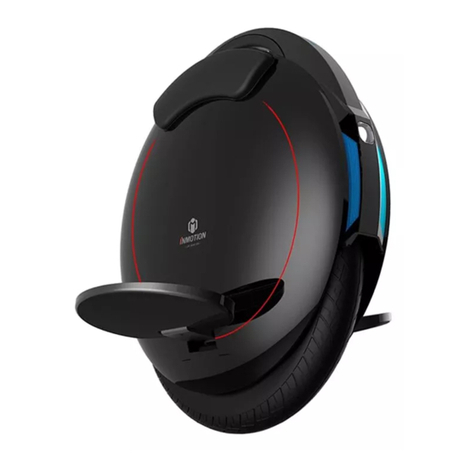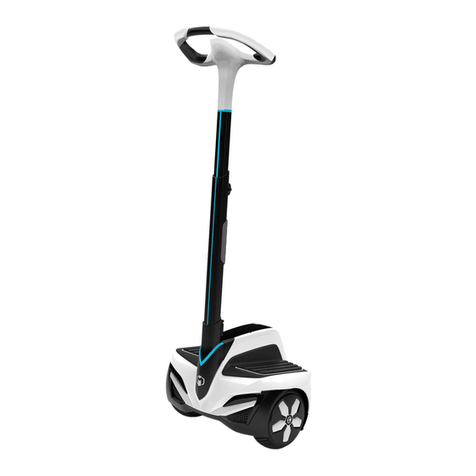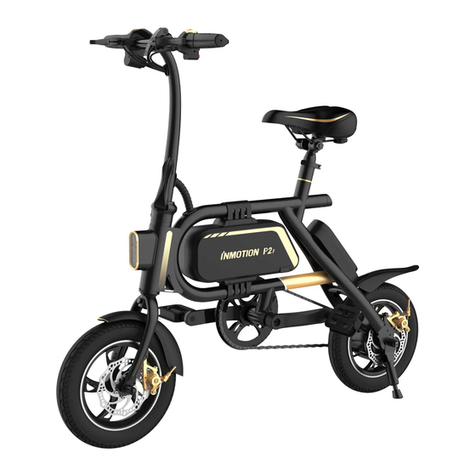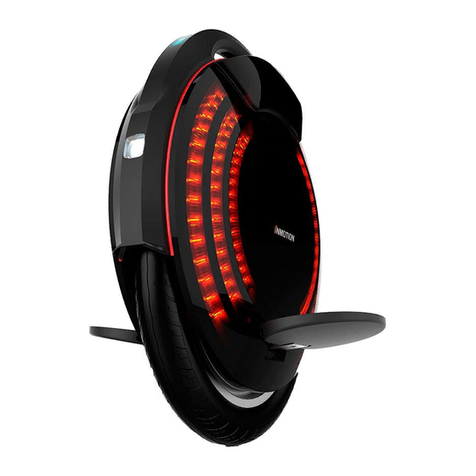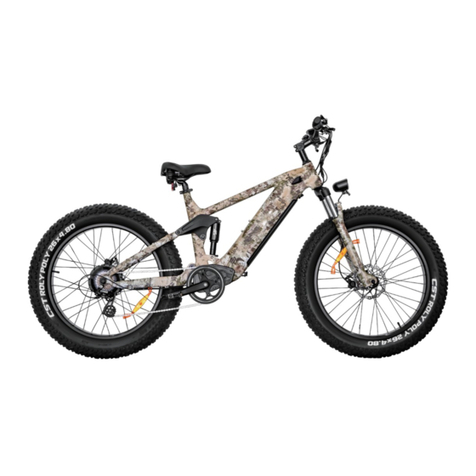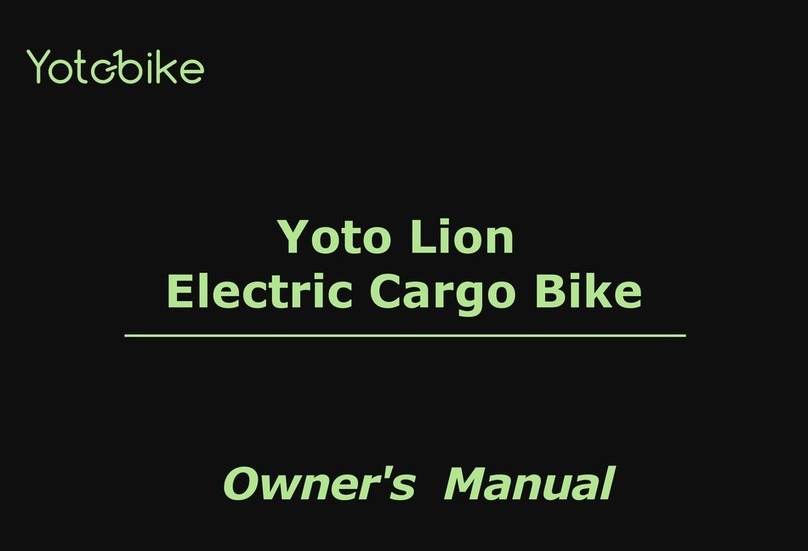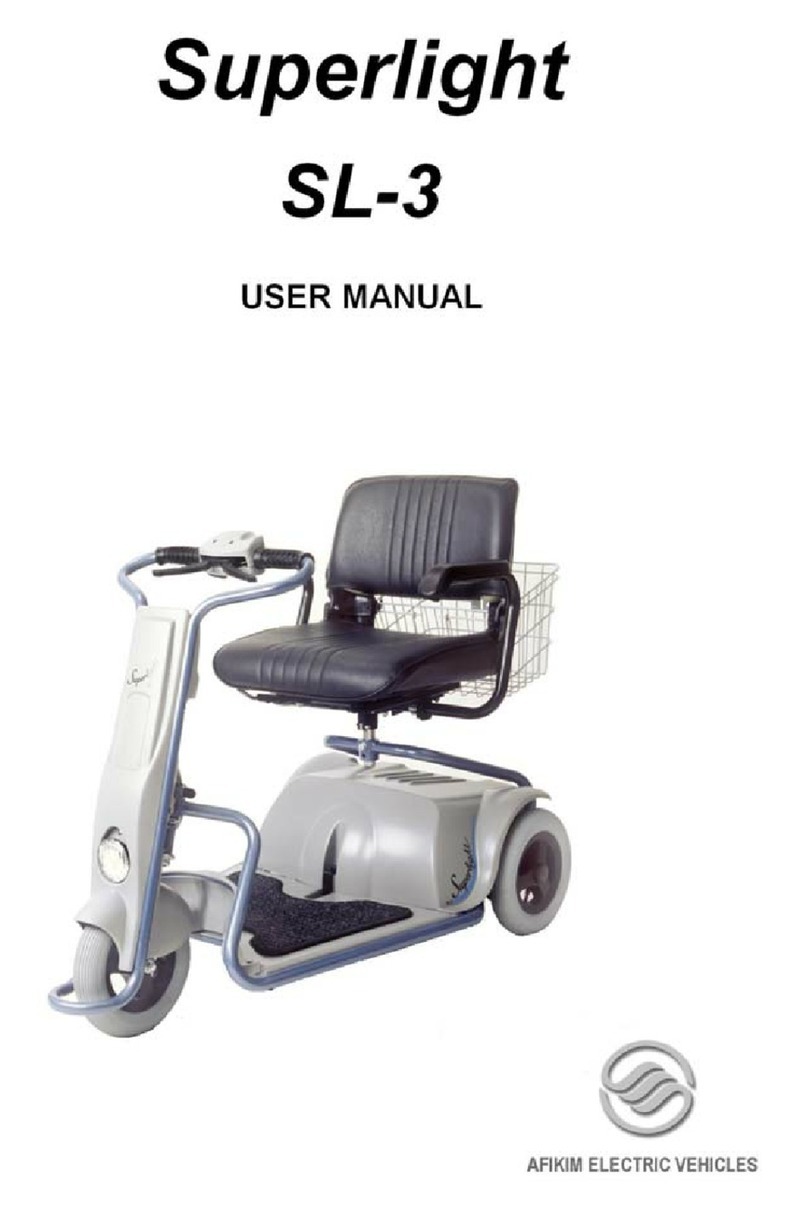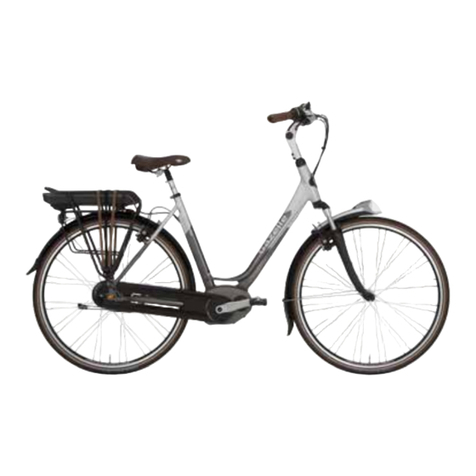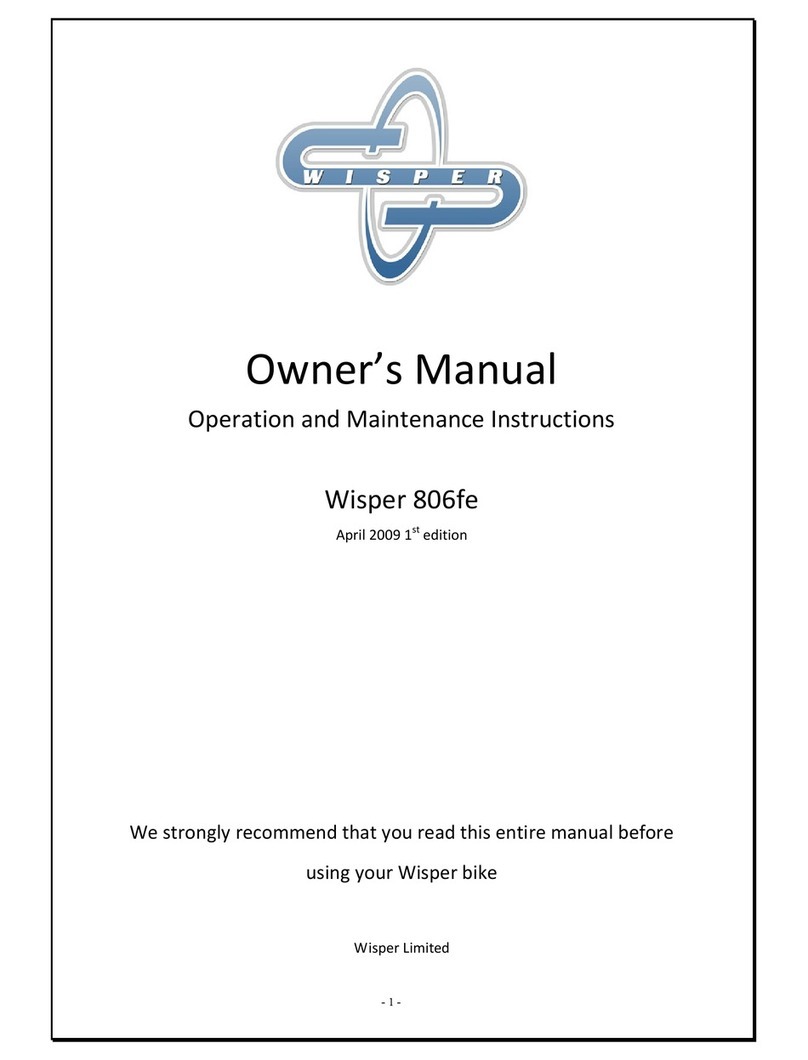7
WARNING: Always wear a helmet when riding. Use an approved bicycle
or skateboard helmet that fits properly with the chin strap in place and
protects the back of your head. Local laws may require riders of wheeled
products to wear a helmet and other protective gear. Never ride the
Scooterboard barefoot or in open-toed shoes or highheels.
WARNING: Check local laws and regulations to see where and how you
may use your Scooterboard legally. Follow all applicable laws for vehicles
and pedestrians.
WARNING: Only use the Scooterboard indoors or on smooth surfaces.
Avoid obstacles and slippery surfaces, which could result in a loss of
balance or traction and result in falling.
WARNING: Do not exceed the maximum weight of 265 pounds—including
backpacks and other items that might be carried. Exceeding the weight
limit could injure the rider and damage the Scooterboard.
WARNING: The Scooterboard should not be ridden by young children.
Use your judgment about whether a rider has the necessary coordination,
strength and maturity to use the Scooterboard. Only children 13 years old
or older should be permitted to use the Scooterboard.
WARNING: Do not modify the Scooterboard. Modifications could interfere
with operating the Scooterboard and could result in serious injury and/or
damage. Modifications void the Scooterboard’s Limited Warranty.
WARNING: Never operate any vehicle, including the Scooterboard, while
under the influence of drugs or alcohol.
